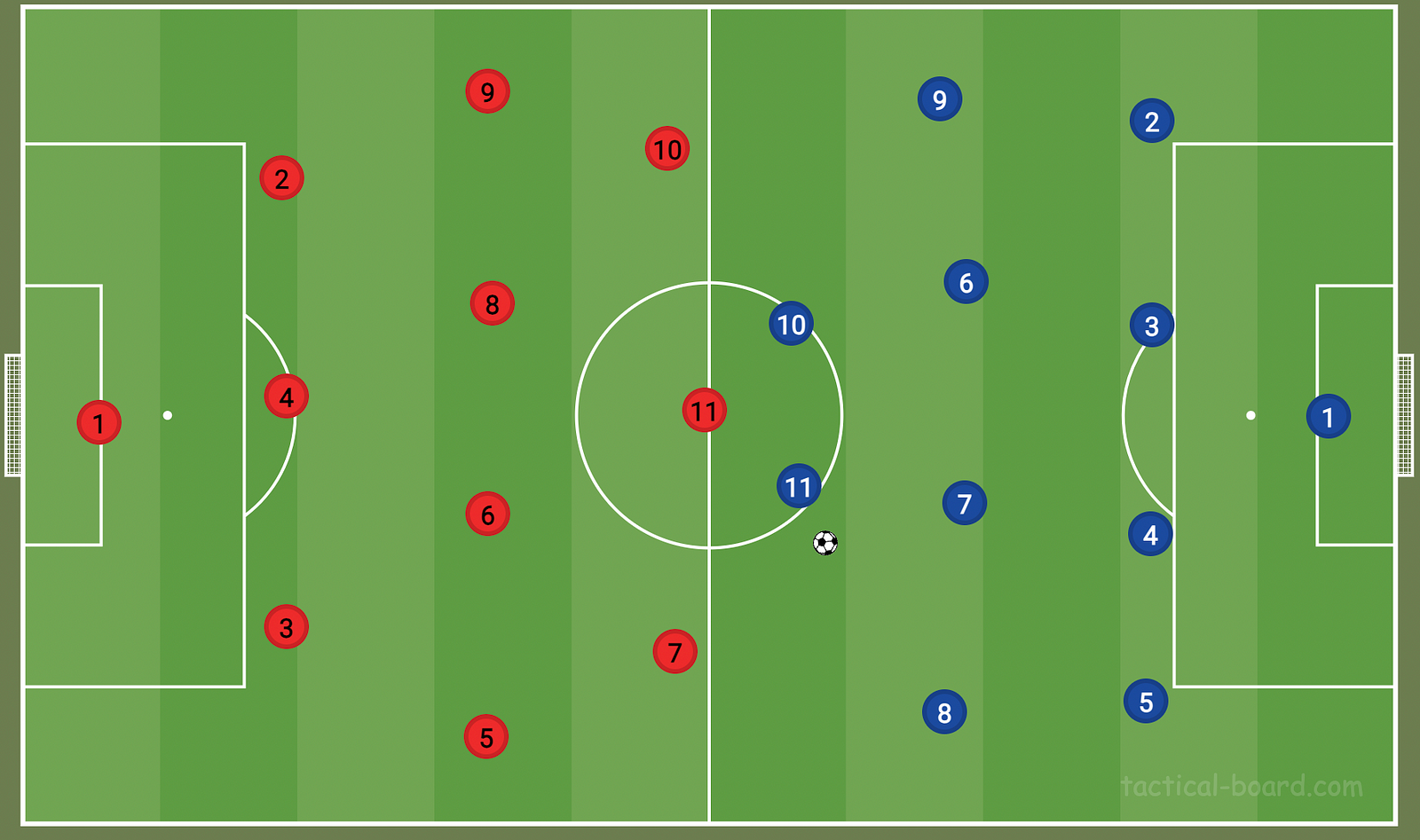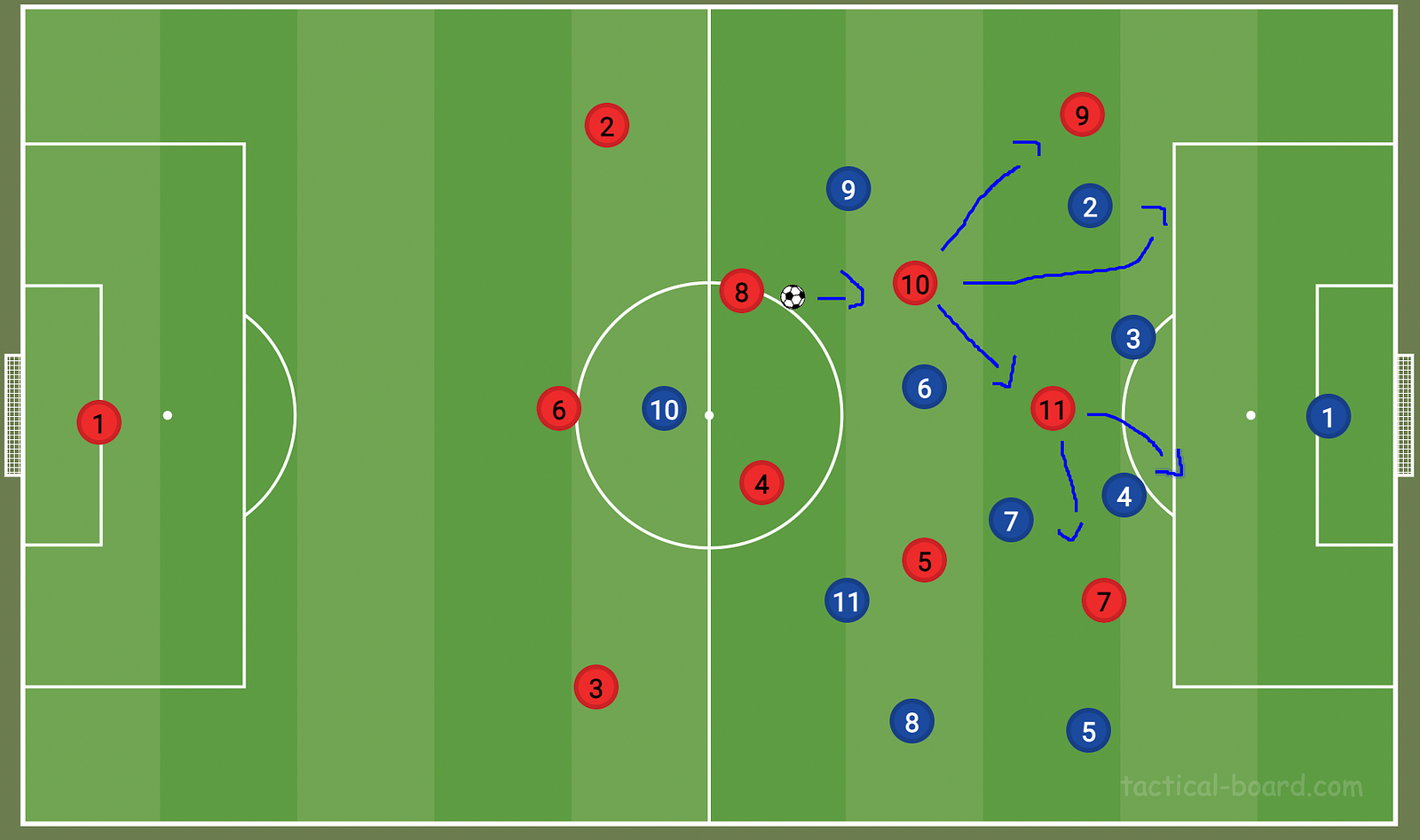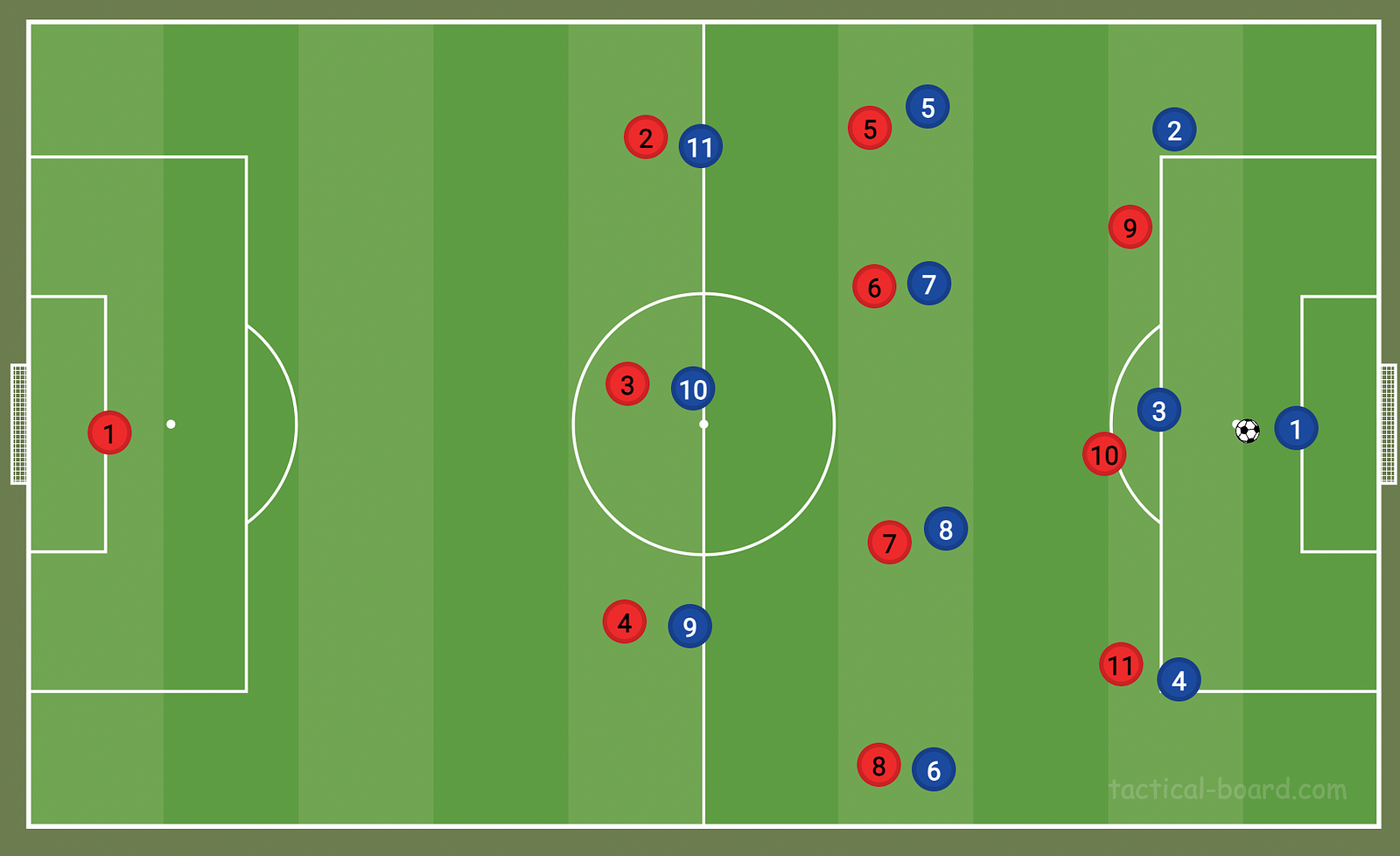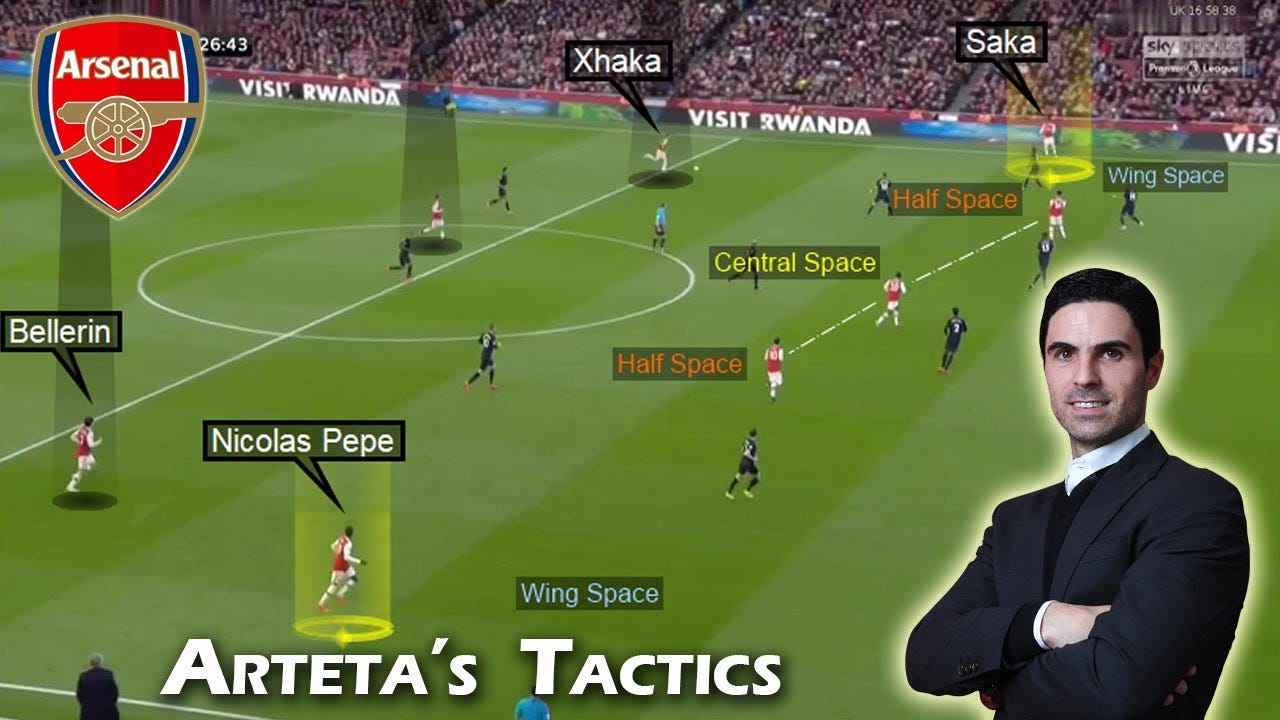Bayer Leverkusen currently sit on top of the Bundesliga with a comfy 10-point lead over Bayern Munich. Leverkusen have played 25 games so far — won 21, drawn 4 and lost none. During this impressive run, Xabi Alonso’s men have scored 63 goals and conceded a mere 16 goals.
In the UEFA Europa League (UEL) the German side have played 6 matches in the group stage, winning all of them and once again showcasing their inspiring goal scoring record by scoring 19 goals and conceding just 3. In the DFB Pokal tournament, Leverkusen have reached the semi-finals where they are set to play against Dusseldorf in April.
There is still some ways to go before Leverkusen can claim the Bundesliga title, however what they have accomplished in all competitions until now is impeccable and no one can take that away from them. Bayer Leverkusen have always been a decent team in the Bundesliga, however this season they have elevated their status significantly under the guidance of manager Xabi Alonso. The question everyone is asking is what has Xabi done to cause this unexpected rise in only his first full season in charge?
Xabi Alonso was appointed the manager of Bayer Leverkusen in October 2022. Before the former Liverpool, Madrid and Bayern midfielder took charge of the club, Leverkusen were fighting for relegation and struggling to acquire points. In half a season’s time, the Spaniard managed to produce an instantaneous impact on the team through formation and tactical changes which resulted in an overall mentality shift amongst the players. Fighting an uphill battle, Leverkusen managed to turn it around and concluded the 2022–2023 campaign at 6th place, claiming a spot in this season’s UEL. Not bad for a team hoovering over the relegation zone just a couple of months earlier.

Formation: 3–4–3

Xabi’s typical formation is a 3–4–3 formation aimed at dominating the opposing midfield through overloads in the central area. There are other advantages of this formation which I will highlight in a moment. The formation itself is nothing special as it is commonly used in modern football. However, Xabi has utilised this formation to transform Leverkusen into a more dynamic and expansive team who are able to adapt against various tactics.
Leverkusen In-possession
Similar to teams like Manchester City, Arsenal, Barcelona and others who adopt the ‘Tiki-taka’ football philosophy, Leverkusen tend to build their attacks from back to front. This is often risky because opponents tend to increase pressure on their defenders and goalkeeper, however whenever they successfully beat the initial press, Xabi’s men end up reaping high rewards.
Leverkusen’s typical attack starts when they build play right from the goalkeeper, urging the opponents to press them so that they can use quick one-touch and two-touch passes to break through their lines and turn defence into attack within a matter of seconds.
Another key element of Leverkusen in possession, especially against defensive teams is ‘Total football’.

In this situation, the opposing team is using a traditional 4–4–2 formation and their defensive shape is compact so there are no gaps behind the defence to exploit. According to Xabi’s tactics, if there is no space to expose then Leverkusen will create the space using elements of ‘total football’.

Leverkusen usually attack through the wings as they have wingers who are amongst the top 5 fastest players in the Bundesliga. Xabi’s defensive line will move forward and the central midfielders will freely rotate between either side to help move the ball quickly and create space.
The striker will occupy the outskirts of the penalty box to keep the two centre-backs busy whilst the number 10 can move between the opponents’ midfield and defence to receive a pass and linkup with the striker or the left-winger. The players will play short passes in the central area to invite the opponents to press and then once space opens up behind them they will play a through pass to quickly move in on goal.

Alternatively, the number 10 could come deep into the midfield to receive the ball from number 8. This will drag the opposing midfielders towards him, meanwhile the striker also comes deep to receive the ball and drags the defenders towards him. Now the wingers — number 9 and number 7 find themselves in spaces which have been left by the defenders and all it takes is one perfectly placed through ball to get it through to them.
Leverkusen Out of possession
Xabi insists on Leverkusen playing majority of the game in the opponent’s half. It’s simple logic, If they control the possession in the opposing half, Leverkusen can dictate the flow of the game and also reduce the number of chances created by their opponents. Hence, Leverkusen play an extremely high defensive line whilst the players in front of them focus on pressing the opponents very high up the field.

This high-press is similar to Klopp’s ‘Gegenpressing’ tactic where Leverkusen players, especially the attacking three work their socks off to keep the defenders and goalkeeper pinned so that they have limited options to play the ball out. Leverkusen attempt to win the ball high up the pitch so that they can quickly transition into a goal scoring situation.

Xabi’s formation is also extremely adaptable and continuously changes according to the opposing team’s pattern of play and predominant attacking areas. In this instance, the opposing team successfully beats Leverkusen’s high press and they decide to exploit the spaces out wide on both wings because Xabi’s 3–4–3 formation leaves the defenders exposed and outnumbered.
However, when this happens the wide players in midfield (number 5 and 8) will track back and join the defence, therefore changing the formation to a 5–2–3. Sometime when Leverkusen at under immense pressure or playing against teams who live on possession like Bayern Munich, their defensive formation can change to a 5–4–1 shape where even the wingers (number 9 and 11) will drop back into midfield to make up numbers while the striker (number 10) will remain up top to offer an attacking outlet to relive pressure from the defence.
Xabi Alonso’s Bayer Leverkusen is a difficult opponent for any team in the world currently because the Spaniard has build a squad which is dynamic, expansive and versatile in all positions and tactically they are able to adapt against any team and have the quality of players to break-down even the most resilient and defensive teams. It will be interesting to see how the German side fares against Europe’s best teams in the Europa League and if they will manage to lift the Bundesliga at the end of the season. These are exciting times in world football!






